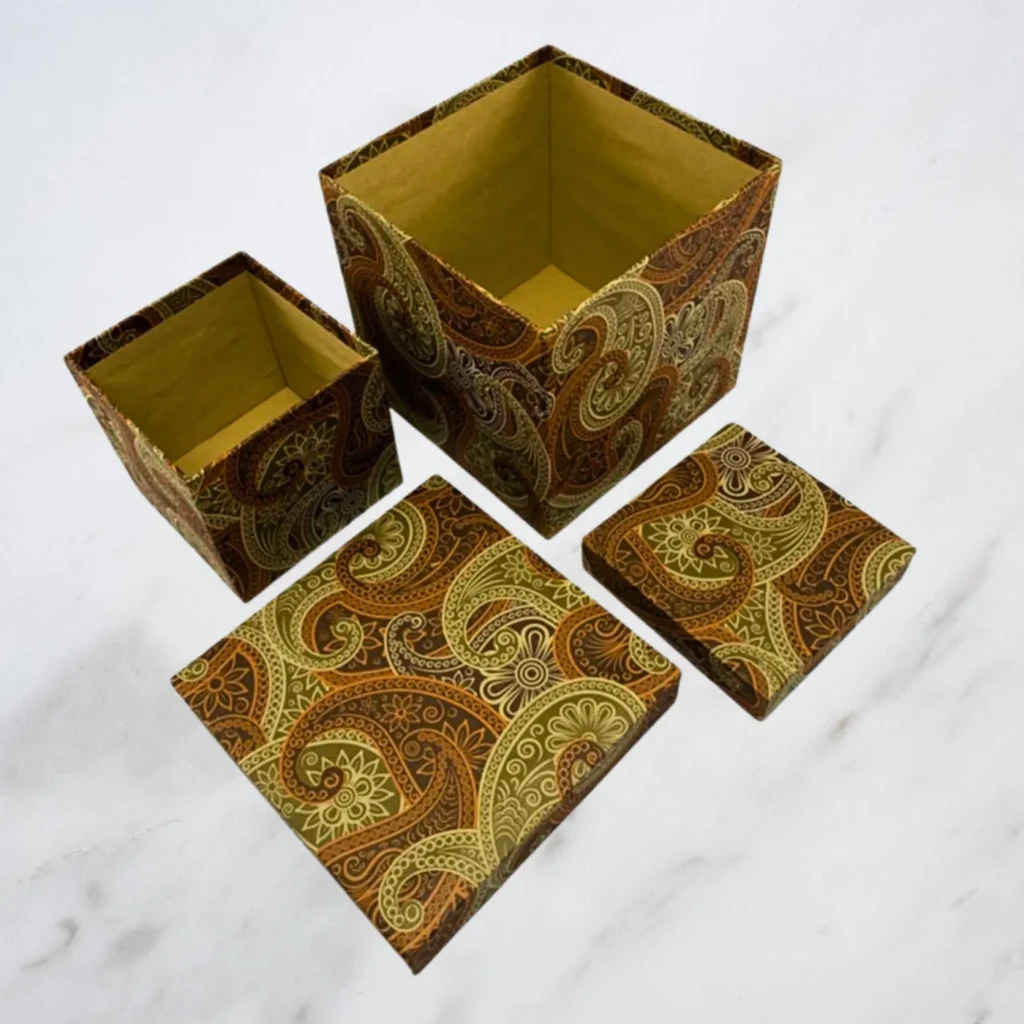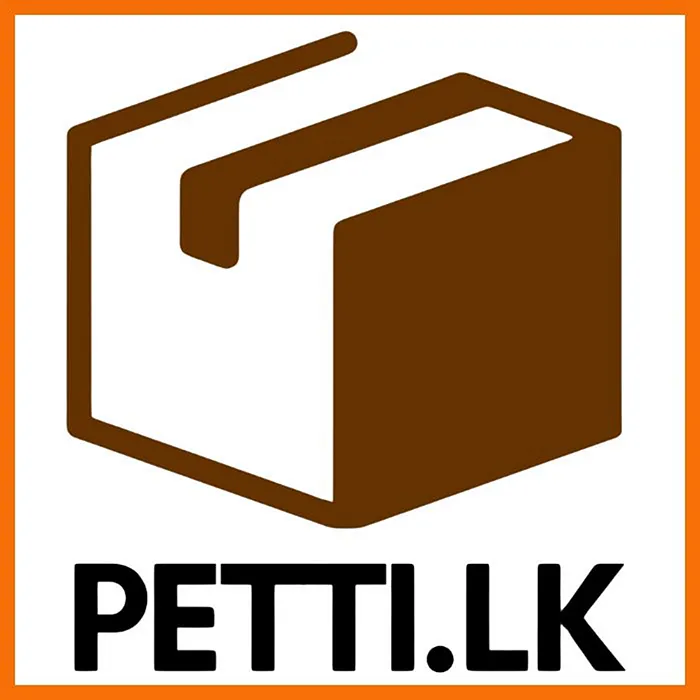Packaging
Comprehensive Guide to Product Packaging
Introduction
- Importance of product packaging in business operations and customer experience.
- Overview of the packaging industry growth and trends.
Understanding Product Packaging
Definition and Role
- Packaging as a protective enclosure for products during distribution, storage, sale, and use.
- Acts as a communication tool between manufacturers and customers.
Importance
- Protects products from damage during transport and storage.
- Enhances marketing efforts by differentiating products from competitors.
- Improves customer experience through functionality, aesthetics, and ease of use.

Flexible packaging contributes to reducing carbon footprints in several key ways:
Material Efficiency: Flexible packaging uses significantly less material compared to rigid alternatives. For example, only 2.5 pounds of flexible material is needed to package 100 pounds of beverages, which is 33.4 times less than rigid packaging materials like glass or steel.
Lower Resource Consumption: Manufacturing flexible packaging requires fewer natural resources, such as water and fossil fuels. For instance, a flexible pouch for coffee consumes 1,605% less water than a steel can.
Types of Packaging
Primary Packaging
- Direct contact with the product; protects against adulteration and damage.
- Examples: Boxes, pouches, containers, cans, jars, tubes, bags, bottles.
Secondary Packaging
- Used for grouping primary packages for easier handling during transport.
- Examples: Cardboard boxes, shrink wraps.
Tertiary Packaging
- Designed for bulk handling and shipping; ensures safety during transport.
- Examples: Pallets, crates[4].
Types of Materials Used for Packaging
Paper and Cardboard
- Eco-friendly, recyclable materials widely used in various industries.
- Paperboard: Lightweight yet strong; used for cartons and labels.
- Corrugated Cardboard: Multi-layered structure ideal for shipping boxes.
Plastic
- Durable and versatile; commonly used for protective packaging.
- Examples: PET, PVC, HDPE materials[5][6].
Metal
- Aluminum and steel are popular due to their durability and recyclability.
- Applications: Food cans, beverage containers.
Glass
- Used for packaging liquids like beverages or cosmetics; offers excellent preservation properties.
Flexible Packaging
- Includes foil bags or pouches; ideal for preserving food density and flavor.
Types of Cardboard Used in Packaging
Corrugated Cardboard
- Composed of flutes and liners; provides excellent structural stability.
- Types: Single-wall, double-wall, micro-flute (lightweight).
Chipboard
- Lightweight cardboard used in industries like electronics and cosmetics.
Package Printing Basics
Key Information to Include on Packages
- Product type, size, weight, manufacturing/expiration dates.
- Barcode, batch number, certifications, recycling information.
Printing Techniques
- Offset printing: High-quality graphics for branding.
- Digital printing: Cost-effective for small batches.
- Flexographic printing: Ideal for large-scale production.
Tips for Effective Package Design
- Keep it simple with clean lines and minimal graphics
- Ensure ease of opening to enhance user experience
- Use high-quality materials to protect products during transport
- Incorporate eco-friendly practices by using recyclable materials
- Test packaging rigorously to ensure durability during shipping
Conclusion
- Recap the importance of thoughtful packaging design in protecting products and enhancing customer satisfaction.
- Highlight the need for sustainable practices in modern packaging solutions.


